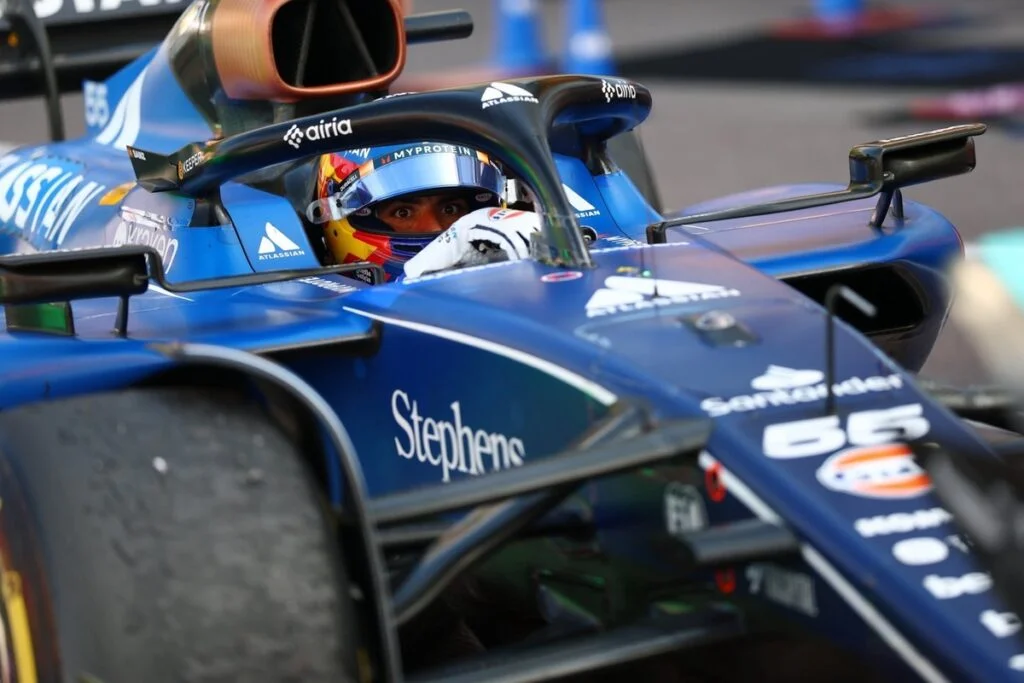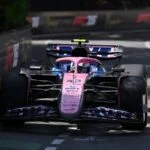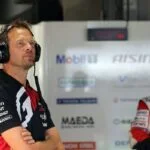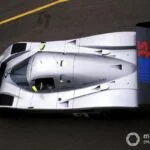Controversy Surrounding the 2023 Monaco Grand Prix
After last year’s seemingly processional race, Formula 1 and the FIA decided to shake things up for this year’s grand prix. The change they implemented was a rule requiring each driver to use three sets of tires, which typically meant two pit stops. This decision sparked anxiety among teams beforehand and elicited mixed reactions afterward.
Adding Strategic Intrigue to the Race
While some criticized the rule change for being too artificial, it did manage to inject suspense and strategic tension into the race. The new rule provided both teams and fans with multiple scenarios at various stages, introducing more variables that could potentially alter the outcome of the race. Overtaking remained challenging, but a safety car or red flag offered the potential to shake things up.
The rule also encouraged teams to think strategically. Red Bull attempted an early stop with Yuki Tsunoda, although it didn’t yield success. However, Racing Bulls and Williams executed team-based tactics more effectively, resulting in a double points finish – demonstrating that smart thinking can pay off under this format.
Dubious Tactics in F1
Despite the new rule, some drivers expressed concerns about the sportsmanlike nature of certain tactics employed during the race. Alexander Albon voiced his disapproval, stating, “I don’t want to be racing like that.” His teammate Carlos Sainz echoed these sentiments, suggesting a need for a solution to prevent such manipulation of racing.
The Racing Bulls were accused of using dubious tactics against Alpine, which forced them to finish in P19 and P20. Sainz admitted that they had no choice but to employ similar tactics to secure points for both cars. However, many drivers shared this sentiment, with some questioning whether F1 should aim for “manufactured races” like this.

Solutions for the Future of Monaco Grand Prix
With the 2025 rule failing to address the core issue, what other solutions could there be? Drivers were adamant that adding more pit stops was not the answer. Mercedes team boss Toto Wolff suggested implementing a minimum lap time to prevent drivers from excessively slowing down and playing tactical games.
However, adding more rules might complicate the viewing experience for fans. Instead, Christian Horner proposed exploring modifications to the Monaco layout to encourage overtaking. He suggested creating longer braking zones or modifying certain turns to facilitate passing.
The Challenges of Modifying the Monaco Layout
Changing the Monaco layout is easier said than done. Removing the Nouvelle Chicane wouldn’t help, as Tabac corner is too fast to be a big braking zone. Modifying Portier to lengthen the straight might help a little but would be difficult to implement and have implications far beyond F1. The same goes for extending the start-finish straight.
These aspects are all tied to the harbor and city infrastructure, making changes extremely complicated. Nevertheless, Horner called for Monaco to “move with the times” and acknowledged that reducing the size of the cars could help facilitate overtaking. However, there’s no quick fix for this issue, as the 2026 machinery is only expected to be slightly more nimble.
Accepting Monaco as It Is
For the foreseeable future, there are essentially two options left: drop Monaco from the calendar or accept it as it is. With a new deal running until 2031, the latter seems to be our reality. While Sunday’s race may lack spectacle, qualifying remains unique – offering drivers an unparalleled challenge and justifying its place on the F1 calendar.
In conclusion, the Monaco Grand Prix continues to be a contentious topic in Formula 1. The debate over whether to modify the layout or accept it as it is will likely continue, but one thing remains certain – the qualifying sessions at this iconic circuit are truly unforgettable.







